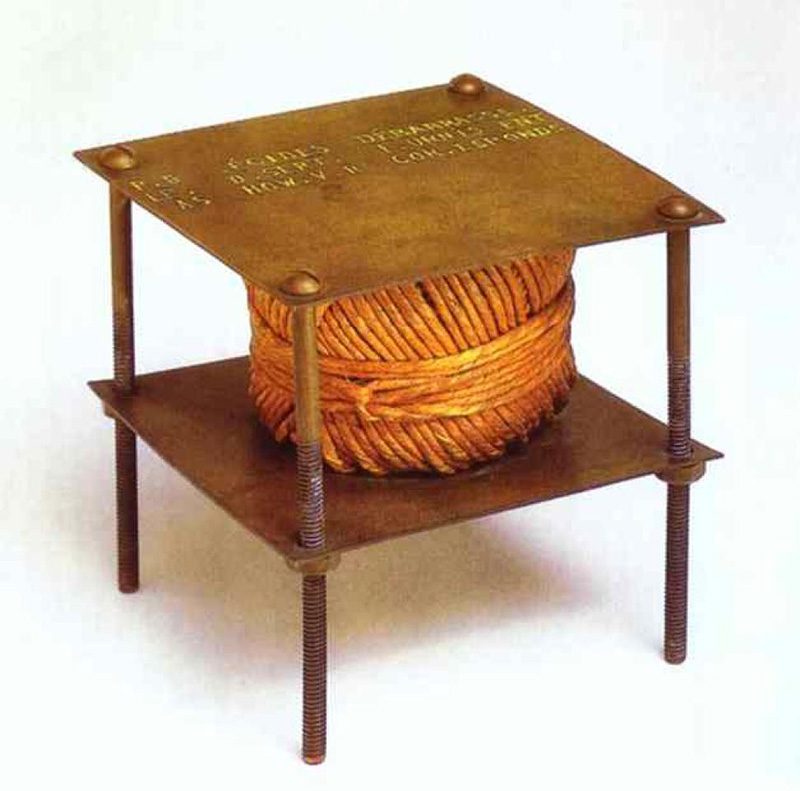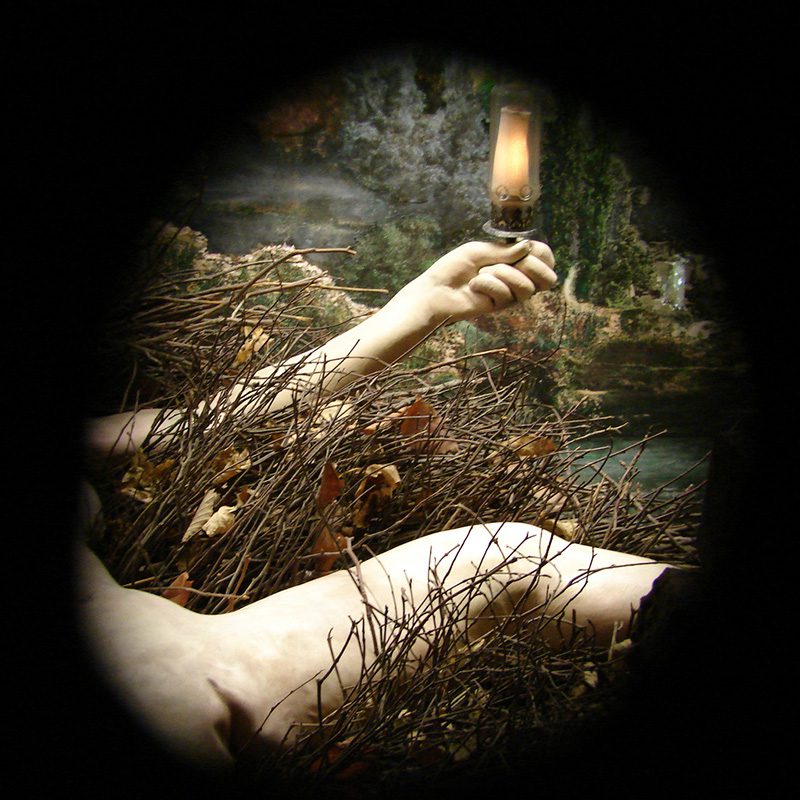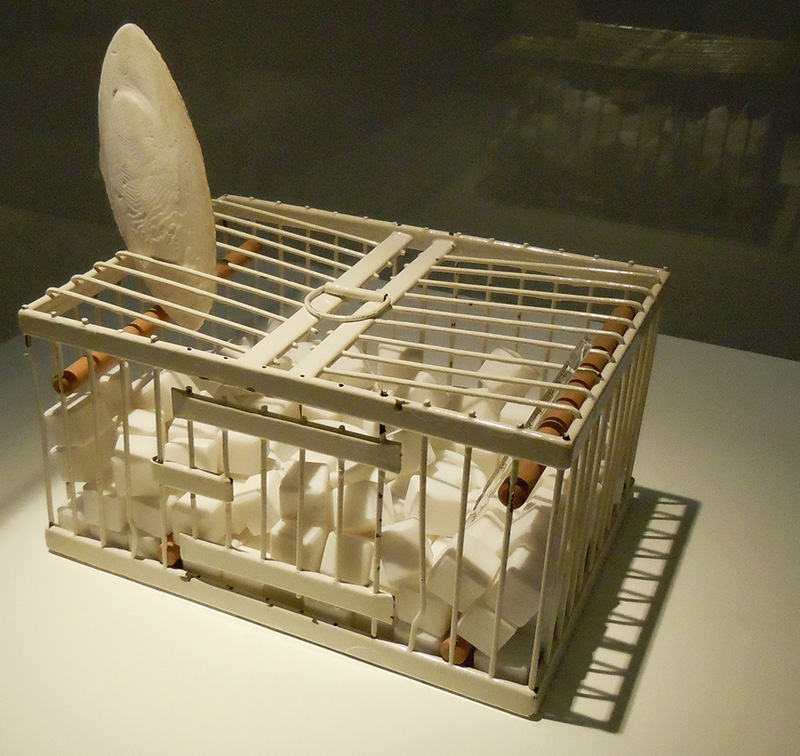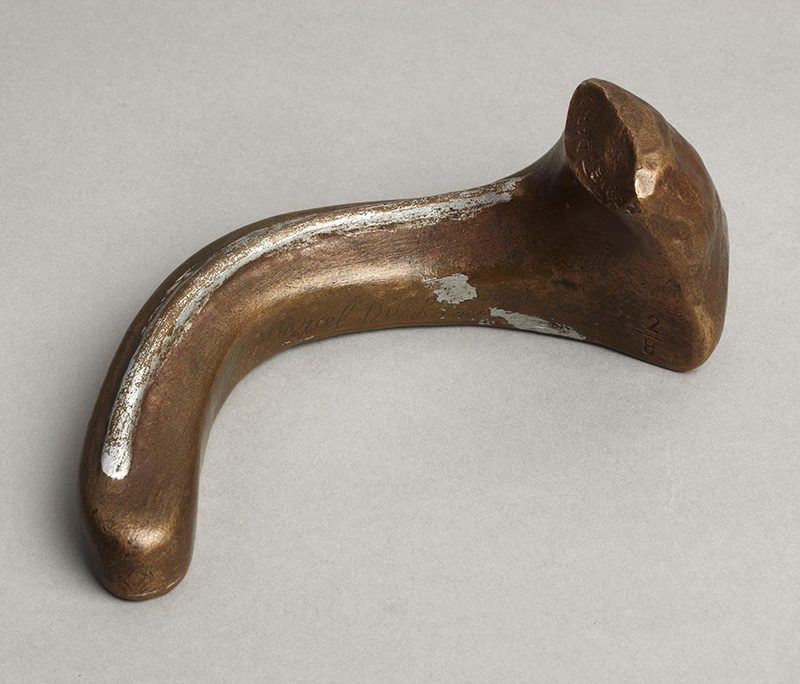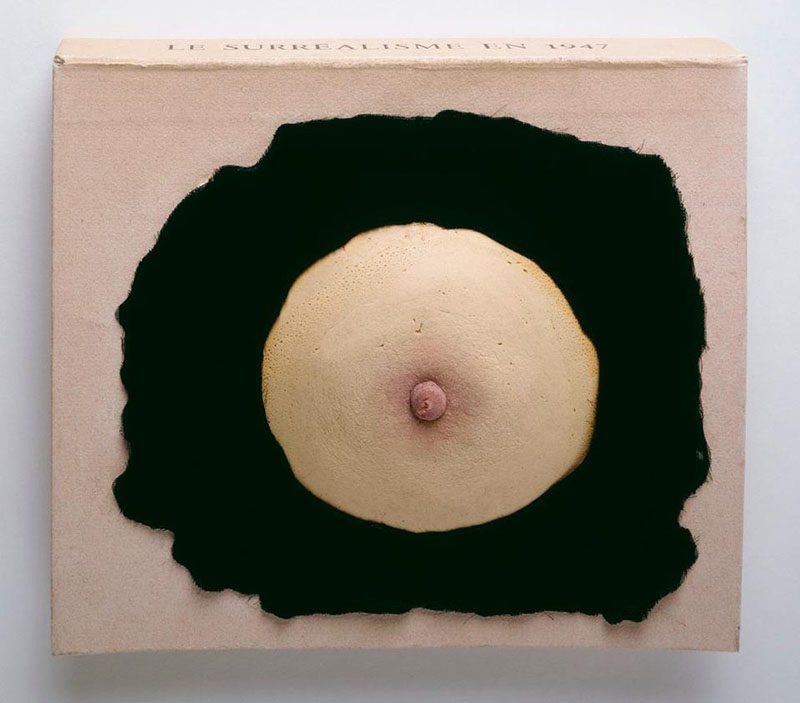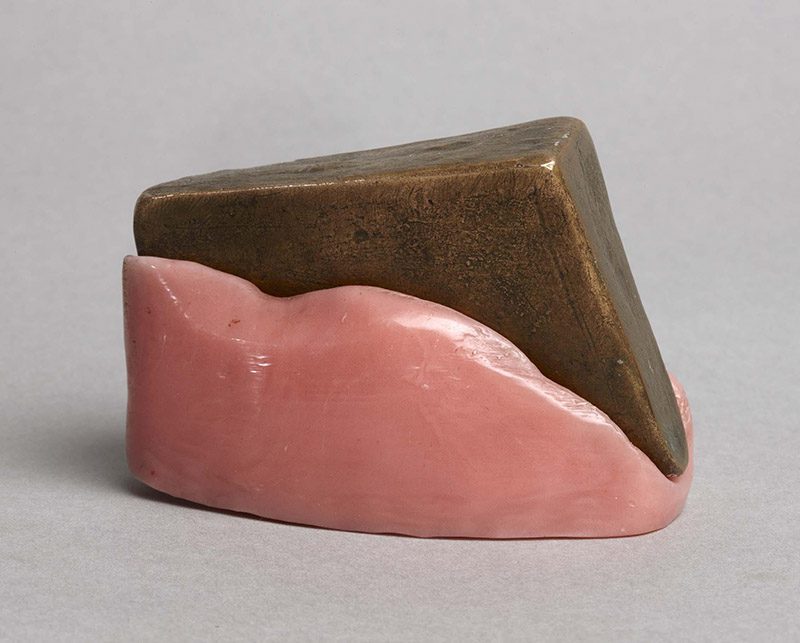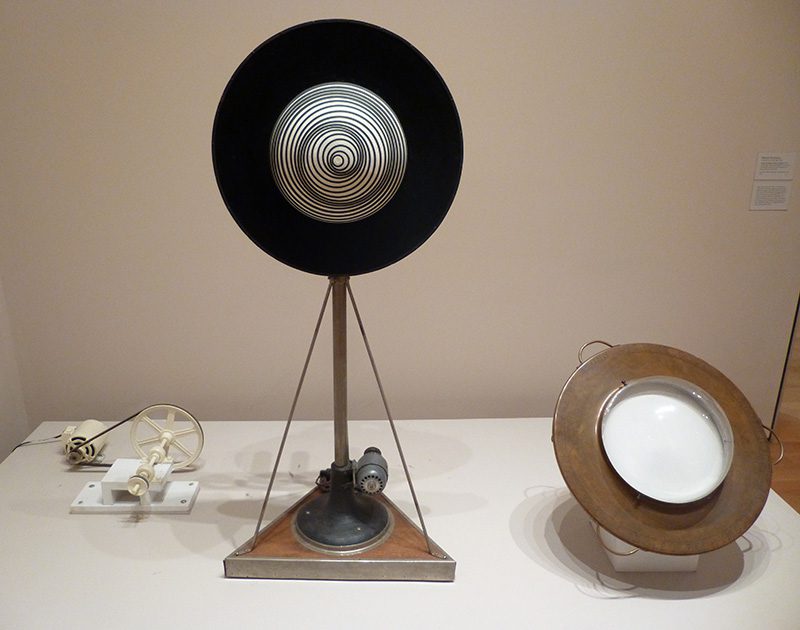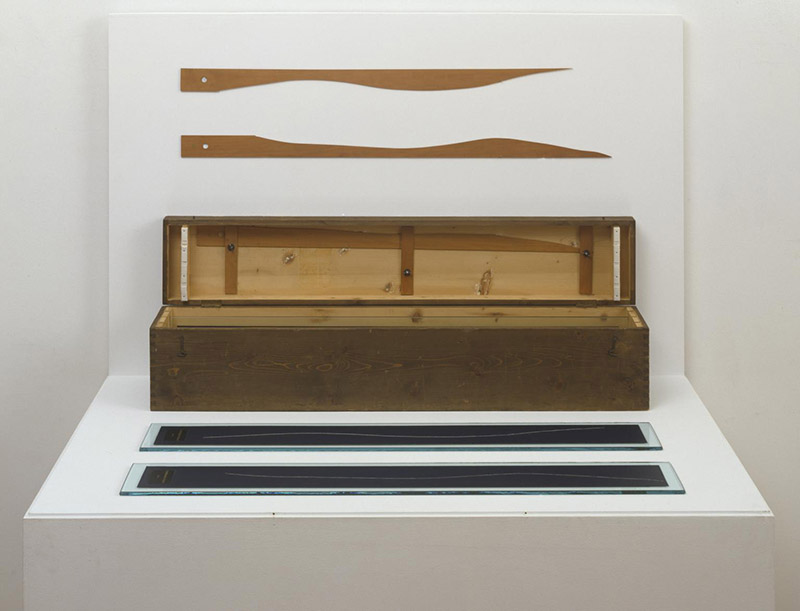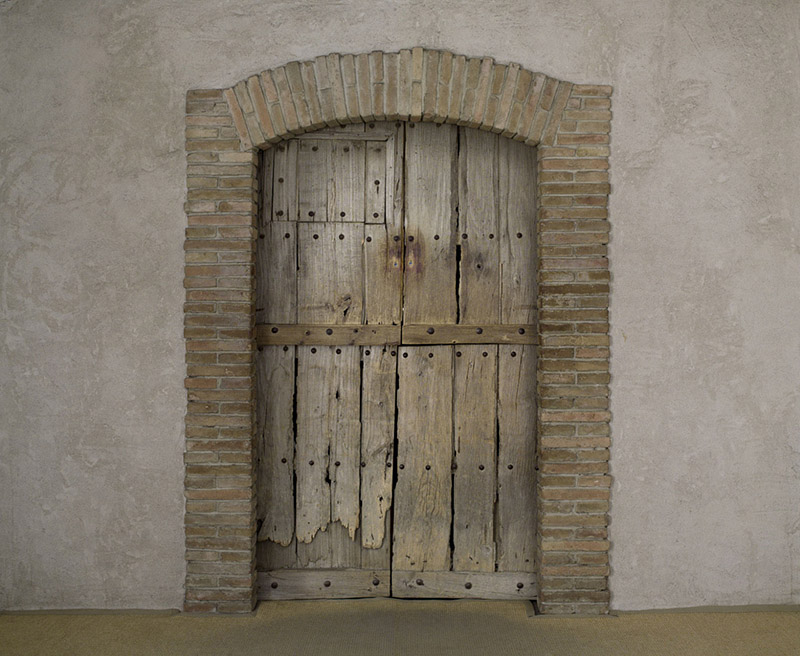TRACES: Marcel Duchamp
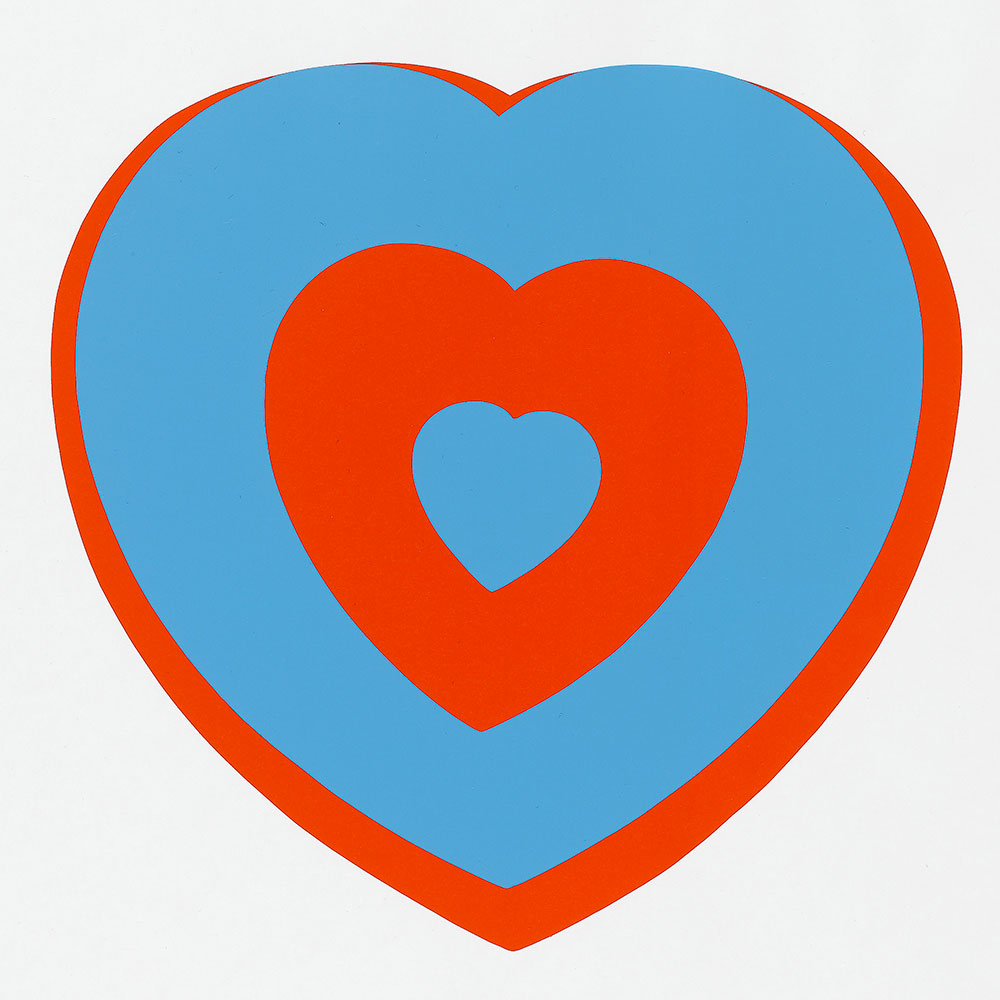 Today is the occasion to bear in mind Marcel Duchamp (28/7/1887–2/10/1968), he has been aptly described by Willem de Kooning as a one-man Art Movement. Duchamp has had a huge impact on 20th Century art. By World War I, he had rejected the work of many of his fellow artists as “retinal” art, intended only to please the eye. Instead, Duchamp wanted, he said, “to put art back in the service of the mind”. Through documents or interviews, starting with: moments and memories, we reveal out from the past-unknown sides of big personalities, who left their indelible traces in time and history…
Today is the occasion to bear in mind Marcel Duchamp (28/7/1887–2/10/1968), he has been aptly described by Willem de Kooning as a one-man Art Movement. Duchamp has had a huge impact on 20th Century art. By World War I, he had rejected the work of many of his fellow artists as “retinal” art, intended only to please the eye. Instead, Duchamp wanted, he said, “to put art back in the service of the mind”. Through documents or interviews, starting with: moments and memories, we reveal out from the past-unknown sides of big personalities, who left their indelible traces in time and history…
By Efi Michalarou
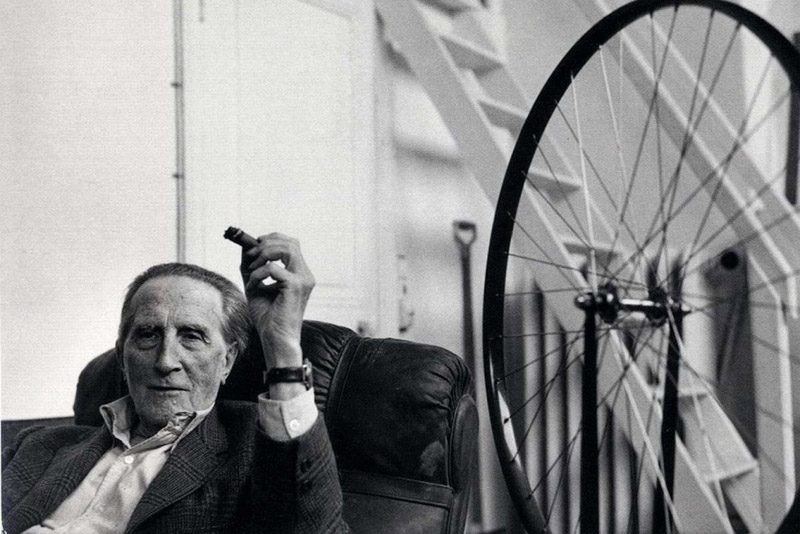 Born in Normandy in northern France , Duchamp traveled between Europe and the United States for much of his life. His initial foray into modern art followed the trends of his contemporaries, with his first paintings in the mode of Cézanne and the Impressionists while after 1910 his work reflects a shift toward Cubism. One of his most important works, “Nude Descending a Staircase (No. 2)” (1912) however, reflects Duchamp’s ambivalent relationship with Cubism. He adopts the limited palette of Cubist paintings, but his invigorated figure is in a state of perpetual motion, a very different effect from Analytic Cubism that held figures tightly in place. Provoking negative reactions from even the Parisian Avant-Garde, the painting was rejected by the Salon des Indépendants for both its title and the artist’s mechanistic, dehumanizing rendering of the female nude. The following year, it sparked controversy at the New York Armory Show, helping to establish Duchamp’s reputation as a provocateur overseas and paving the way for his arrival in New York two years later. His most striking, iconoclastic gesture, the readymade, is arguably the century’s most influential development on artists’ creative process. Duchamp, however, did not perceive his work with readymade objects as such a radical experiment, in part because he viewed paint as an industrially made product, and hence painting as an “assisted-readymade”. With “Bicycle Wheel” (1913), the first readymade, Duchamp moved toward a creative process that was antithetical to artistic skill. He wanted to distance himself from traditional modes of painting in an effort to emphasize the conceptual value of a work of art, seducing the viewer through irony and verbal witticisms rather than relying on technical or aesthetic appeal. The object became a work of art because the artist had decided it would be designated as such. “Bicycle Wheel” consisted of a fork and the wheel of a common bicycle that rested upon an ordinary stool. Duchamp’s experience with Dada, occurred while he lived in New York, in the circle of Francis Picabia, Man Ray, as well as the Collectors Katherine Dreier and Louise and Walter Arensberg. The nature of New York Dada was less overtly political than its European strain. Instead, satirical works such as Duchamp’s readymade “Fountain” (1917) tested the limits of public taste and the boundaries of artistic technique. The “Bride Stripped Bare by Her Bachelors, Even” (1915–23) also known as “The Large Glass”, can be seen as summarizing Duchamp’s view that painting and sculpture were fundamentally incompatible and inadequate as art forms with which to render and reflect contemporary cultural life. His extensive preparatory drawings, writings, and studies for “The Large Glass” indicate his development away from realistic representations of forms to a more abstracted, mathematical mode of connoting the real world. His artistic evolution must therefore be understood as an assault on traditional artistic practices and a desire to accommodate a modern-day fascination with industrial processes and products. Built in secret over a period of more than twenty years, “Etant donnes” (1946-66) is considered Duchamp’s second major work. He made an entire manual for its installation, which is reproduced in facsimile and available in print. At first glance, “Etant donnes” is a direct reference to Courbet’s painting, “Origine du Monde” (1866). Yet upon closer consideration, the work can be viewed as a reflection on the boundaries between artist and spectator, as a means to question self-consciousness, or as a meditation on spiritual purpose through the symbolism of a lit lamp. Duchamp is associated with many artistic movements, from Cubism to Dada to Surrealism, and paved the way for later styles such as Pop Art, Minimalism and Conceptualism. A prolific artist, his greatest contribution to the history of art lies in his ability to question, admonish, critique, and playfully ridicule existing norms in order to transcend the status quo—he effectively sanctioned the role of the artist to do just that.
Born in Normandy in northern France , Duchamp traveled between Europe and the United States for much of his life. His initial foray into modern art followed the trends of his contemporaries, with his first paintings in the mode of Cézanne and the Impressionists while after 1910 his work reflects a shift toward Cubism. One of his most important works, “Nude Descending a Staircase (No. 2)” (1912) however, reflects Duchamp’s ambivalent relationship with Cubism. He adopts the limited palette of Cubist paintings, but his invigorated figure is in a state of perpetual motion, a very different effect from Analytic Cubism that held figures tightly in place. Provoking negative reactions from even the Parisian Avant-Garde, the painting was rejected by the Salon des Indépendants for both its title and the artist’s mechanistic, dehumanizing rendering of the female nude. The following year, it sparked controversy at the New York Armory Show, helping to establish Duchamp’s reputation as a provocateur overseas and paving the way for his arrival in New York two years later. His most striking, iconoclastic gesture, the readymade, is arguably the century’s most influential development on artists’ creative process. Duchamp, however, did not perceive his work with readymade objects as such a radical experiment, in part because he viewed paint as an industrially made product, and hence painting as an “assisted-readymade”. With “Bicycle Wheel” (1913), the first readymade, Duchamp moved toward a creative process that was antithetical to artistic skill. He wanted to distance himself from traditional modes of painting in an effort to emphasize the conceptual value of a work of art, seducing the viewer through irony and verbal witticisms rather than relying on technical or aesthetic appeal. The object became a work of art because the artist had decided it would be designated as such. “Bicycle Wheel” consisted of a fork and the wheel of a common bicycle that rested upon an ordinary stool. Duchamp’s experience with Dada, occurred while he lived in New York, in the circle of Francis Picabia, Man Ray, as well as the Collectors Katherine Dreier and Louise and Walter Arensberg. The nature of New York Dada was less overtly political than its European strain. Instead, satirical works such as Duchamp’s readymade “Fountain” (1917) tested the limits of public taste and the boundaries of artistic technique. The “Bride Stripped Bare by Her Bachelors, Even” (1915–23) also known as “The Large Glass”, can be seen as summarizing Duchamp’s view that painting and sculpture were fundamentally incompatible and inadequate as art forms with which to render and reflect contemporary cultural life. His extensive preparatory drawings, writings, and studies for “The Large Glass” indicate his development away from realistic representations of forms to a more abstracted, mathematical mode of connoting the real world. His artistic evolution must therefore be understood as an assault on traditional artistic practices and a desire to accommodate a modern-day fascination with industrial processes and products. Built in secret over a period of more than twenty years, “Etant donnes” (1946-66) is considered Duchamp’s second major work. He made an entire manual for its installation, which is reproduced in facsimile and available in print. At first glance, “Etant donnes” is a direct reference to Courbet’s painting, “Origine du Monde” (1866). Yet upon closer consideration, the work can be viewed as a reflection on the boundaries between artist and spectator, as a means to question self-consciousness, or as a meditation on spiritual purpose through the symbolism of a lit lamp. Duchamp is associated with many artistic movements, from Cubism to Dada to Surrealism, and paved the way for later styles such as Pop Art, Minimalism and Conceptualism. A prolific artist, his greatest contribution to the history of art lies in his ability to question, admonish, critique, and playfully ridicule existing norms in order to transcend the status quo—he effectively sanctioned the role of the artist to do just that.




